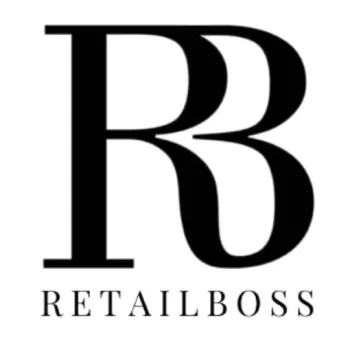A new report from Atelier and Accenture reveals that the beauty industry is facing an urgent innovation shortfall, costing brands billions in lost revenue each year. As consumer demand for new products surges, many beauty companies are struggling to keep pace, hindered by outdated development models and inflexible manufacturing systems. The report, “The $86 Billion Wake-Up Call for Beauty Brands,” highlights the critical need for transformation as digital acceleration, evolving consumer expectations, and supply chain pressures reshape the market.
Outdated Systems Slow Growth
While business transformation in beauty has accelerated by 183% since 2019, the underlying manufacturing infrastructure has lagged behind. Only 13% of companies say their supply chain capabilities fully support their business goals, and just 11% have architected, interconnected systems. Most brands now face a pivotal decision: overhaul manufacturing approaches or risk losing ground to more agile competitors.
Key Market Pressures
The report identifies several urgent challenges:
-
Consumer Expectations: 64% of consumers want brands to respond faster to their needs, but 59% of companies take over a year to adapt.
-
Innovation Decline: From January to May 2024, only 46% of launches were net-new products, down from 63% in 2015.
-
Supply Risk: 59% of brands still depend on single-source suppliers, increasing vulnerability.
-
Data Gap: 79% of executives struggle to leverage consumer data for personalized experiences.
Composable Manufacturing: A New Solution
To address these issues, the report introduces composable manufacturing—a flexible, AI-native model that unites the entire manufacturing ecosystem on a single platform. This approach allows beauty brands to react quickly to changing market dynamics. With tools like virtual product creation and digital twins, brands can move from concept to sample in minutes rather than months, dramatically reducing costs and development timelines while enhancing agility.
Demonstrated Impact
-
Supply chain leaders achieve 16.2% EBIT margins, compared to 8.6% for others.
-
Development cycles shrink from 18 months to as little as 3 months.
-
SKUs developed on Atelier’s platform see double the operating profit margin.
-
AI-led R&D delivers products to market 25–50% faster, with 80% less data processing.
-
Brands using composable manufacturing are 4.5 times more likely to invest in agentic architecture.
-
Marketing teams using agentic AI cut manual work by 25–35%, accelerating over 50 workflows.
Three Actions for Beauty Leaders
The report recommends three strategic actions for brands looking to regain their competitive edge:
-
Modernize Product Development: Embrace AI-powered platforms to reduce development timelines by up to six times.
-
Build Networked Manufacturing: Use platforms with millions of supply chain permutations to adapt production in real time.
-
Enable Intelligent Orchestration: Deploy agentic AI to unify teams, optimize resources, and accelerate output.
Nick Benson, Founder and CEO of Atelier, said: “The $86 billion opportunity represents a fundamental reimagining of how beauty products are created and delivered. Composable manufacturing turns brittle supply chains into agile, resilient delivery networks.”
The report also introduces the Innovation Multiple, a new performance metric that measures the relationship between a SKU’s gross profit and its total innovation investment. This benchmark will be featured in an upcoming industry index to help brands evaluate and optimize their innovation strategies.
Audrey Depraeter-Montacel, Accenture’s global beauty lead, said: “Beauty brands are facing new challenges due to the shifting global trade landscape, which could further lengthen innovation cycles and put them at risk of losing their competitive advantage. Advanced AI, paired with data can help brands anticipate consumer needs and turn insights into high-impact launches with speed and precision.”
For more insights and to download the full report, visit Atelier’s research page.

















